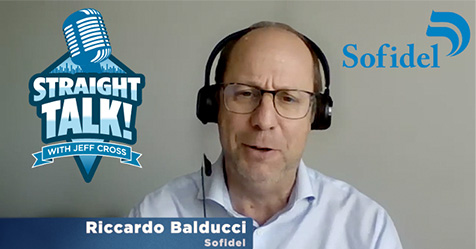The axiom to “put first things first” applies well to cleaning. By putting health first — or intentionally — other priorities follow: including appearance, lower cost,
When you prevent or remove micro-contaminants or pollutants to protect health, you address the real problem: that dirty processes make dirty buildings, and clean processes make cleaner, healthier ones.
This is placing the horse before — or first, pulling — the cart, rather than vice versa.
What are Dirty Processes?
A dirty process adds rather than removes contaminants. Examples include:
- Vacuum bags and models that leak dust, becoming “dirt pumps” rather than dust removers.
- Wet cleaning processes that use petro-chemicals — “green” or otherwise — leaving surface residue and, frequently, fragrance to pollute the air.
- Lack of entrance matting. One study reported an effective entrance mat removes 6x as many heavy metals from shoes as a poor one does.
What are Clean Processes?
Clean processes prevent or remove contaminants from the facility.
By keeping soil out, you prevent it being inhaled, touched or ingested. By keeping soil out, you avoid having to remove it later.
In the process of preventing or removing invisible or micro-contaminants, health is prioritized, appearance follows and costs are reduced. For example, effective vacuum cleaners that capture and retain, rather than release, dust, don’t add to the airborne dust that occupants breathe, leave carpet cleaner and prevent particles from settling on furnishings to mar the appearance of your indoor environment and add to your labor and productivity costs.
Cleaning using less soap, detergents and petro-chemistry reduces worker and occupant exposure to chemicals, lowers supply costs and helps eliminate residue, related resoiling and restorative costs. Residue prevention and removal helps eliminate harborage for germs and resoiling.
Removal is Key
There is a place for chemistry, but non-chemical approaches that work to remove soil should be considered first.
Old fashioned cleaning and scrubbing should not be underestimated.
For example, the U.S. Centers for Disease Control and Prevention (CDC) says, “Disinfectant/detergent formulations registered by EPA are used for environmental surface cleaning, but the actual physical removal of microorganisms and soil by wiping or scrubbing is probably as important, if not more so, than any antimicrobial effect of the cleaning agent used.” — Centers for Disease Control (CDC) and Prevention Healthcare Infection Control Practices Advisory Committee (HICPAC) “Guidelines for Environmental Infection Control in Health-Care Facilities.”
Healthful cleaning is all about removal — not addition — of unhealthy and unwanted matter. For more information, visit Health Intentional Cleaning.
This special online series and its articles are sponsored by Advanced Vapor Technologies, LLC.


